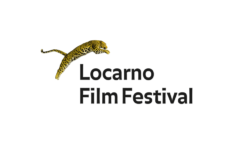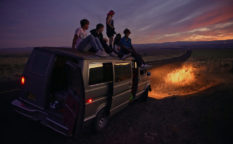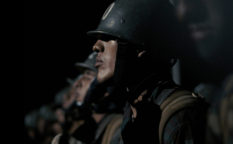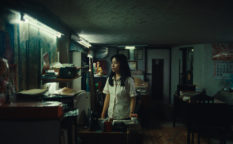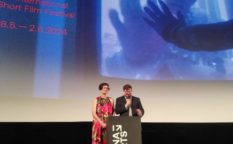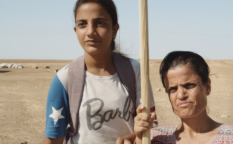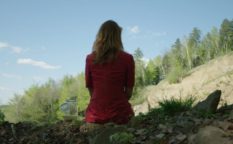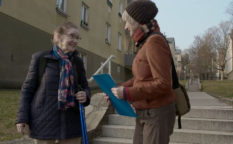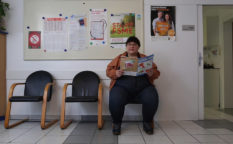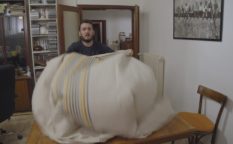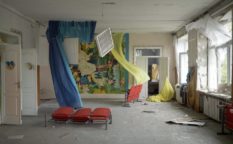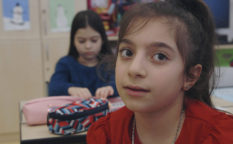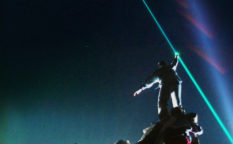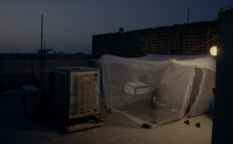Review: Museum of the Revolution (2021)
Socialist Federative Republic of Yugoslavia dissolved in a bloody war in the 90s even before it got the chance to get rounded-up, finished as a country. Only memories in the minds of the people old enough to remember it and a number of abstract, modernist monuments are left to remind us that it once existed. There were numerous attempts in fortifying the idea of it, from the paroles and slogans like “fraternity and unity” to the cultural and construction projects dedicated to the country’s “forging in the fire of the WW2” (or the mythology of it) and some of those were never finished.
Such as the Museum of the Revolution whose mission was “to safeguard the truth about the people of Yugoslavia” and the country’s creation through the socialist revolution. According to the urbanist plans, the building is located on the New Belgrade side of Sava and Danube rivers, just by the confluence, but the construction process itself never went past the foundations and the basement. There are no water and electricity plugs, the show pieces of any kind are just some forgotten ideas, and the building itself nowadays offers the shelter to the most unprivileged ones – the homeless people.
Museum of the Revolution is also the title of the feature-length debut documentary directed by Srđan Keča who has previously made a few short and mid-length documentaries and took part in the joint effort by a group of filmmakers titled The Real Social Network (2012). The film premiered at IDFA and was also shown at Human Rights Film Festival in Zagreb.
Keča opens the film with the textual info-card about the mission of the museum before showing an archival newsreel about the big construction project of building the new town of New Belgrade by the youth workers brigades in the early 60s. The original sound is suspiciously absent, there are no voice-over, music and commentary, so the only thing we can hear is the wind and the gentle crackling of the fire. The wind and the fire are from the present day: the wind howls through the concrete hall of the Museum’s basement, and the fire keeps its inhabitants, an old woman named Mara and a young girl named Milica, a bit warm. From the largely silent (the first words are spoken some 13 minutes in) and almost monochrome shots of the inside of the building and the blindingly white shots of the outside of it under the snow, we could assume that two of them are related: after all, the elderly woman takes care of the girl and even teaches her to knit, while the girl helps her dragging the firewood in.
Around the one-third mark, however, we see Milica in the natural light and in the company of her mother Vera. They are of Roma descent and Milica is an albino, with pale skin, blue eyes and patches of blond hair. It is summertime and the two of them are working, cleaning windshields on the busy boulevard next to the big shopping mall adjacent to the planned museum. They use the most of their earnings to pay off the debts and to send the money to Vera’s imprisoned husband. Mara is not their relative, but the three intelligent, compassionate, hardy women that are already or are about to be chewed and spit by life form the network of support for each other under the threat that their temporary home would be seized in the new developments of the ever-changing capitalist reality.
Keča observes them closely in their interactions, resisting the urge to preach or even comment their situation directly. By the stylistic means, most notably his own camerawork from low angles and from up close, and also Jakov Munižaba’s striking sound design, along with the droning musical score by Hrvoje Nikšić, Keča achieves the unique mood in studying the inner dynamics of the trio. The commentary, however, is reserved for the intersecting sequences, horizontal camera rides observing both of the riverbanks and the construction developments on them, from Ušće shopping mall and concert / festival ground on the New Belgrade side, to the shady Belgrade Waterfront on the other side of the river that stylistically echoes Keča’s previous work Mirage (2011) that portrays the building of Dubai (which Belgrade Waterfront resembles).
The primary topic of Museum of the Revolution might be fairly standard, but the film stands out for its stylization. It is strong and striking, sometimes even approaching the standards of the American independent (fiction) cinema, but it feels authentic enough to make Museum of the Revolution one of the best documentary works of the last year in the Balkans.
Original
title: Muzej Revolucije
Year: 2021
Runtime:
91’
Countries: Serbia, Croatia, Czech
Republic
Languages: Serbian, Romany
Directed by:
Srđan Keča
Written by: Srđan Keča
Cinematography
by: Srđan Keča
Editing by: Srđan Keča, Hrvoslava
Brkušić
Music by: Hrvoje Nikšić
Sound design
by: Jakov Munižaba
Sound recording by: Radiša
Cvetković
Colourists: Robert Arnold, Catalin
Miloiu
Assistant director: Radiša Cvetković
Produced
by: Srđan Keča, Vanja Jambrović
Production companies:
Uzrok, Restart
Co-production companies: Nutprodukce,
Croatian Radio-Television (HRT), Al Jazeera Doc
Supported by:
Creative Europe Media, Film Centre Serbia (FCS), Sundance Institute,
Just Films / Ford Foundation, The Open Society Foundations Croatian
Audiovisual Centre (HAVC), CZ Film Fund, Geo Television, Ministry of
Culture and Media of the Republic of Serbia, Media Programme of the
EC
Sales by: Lightdox

